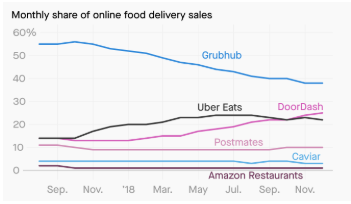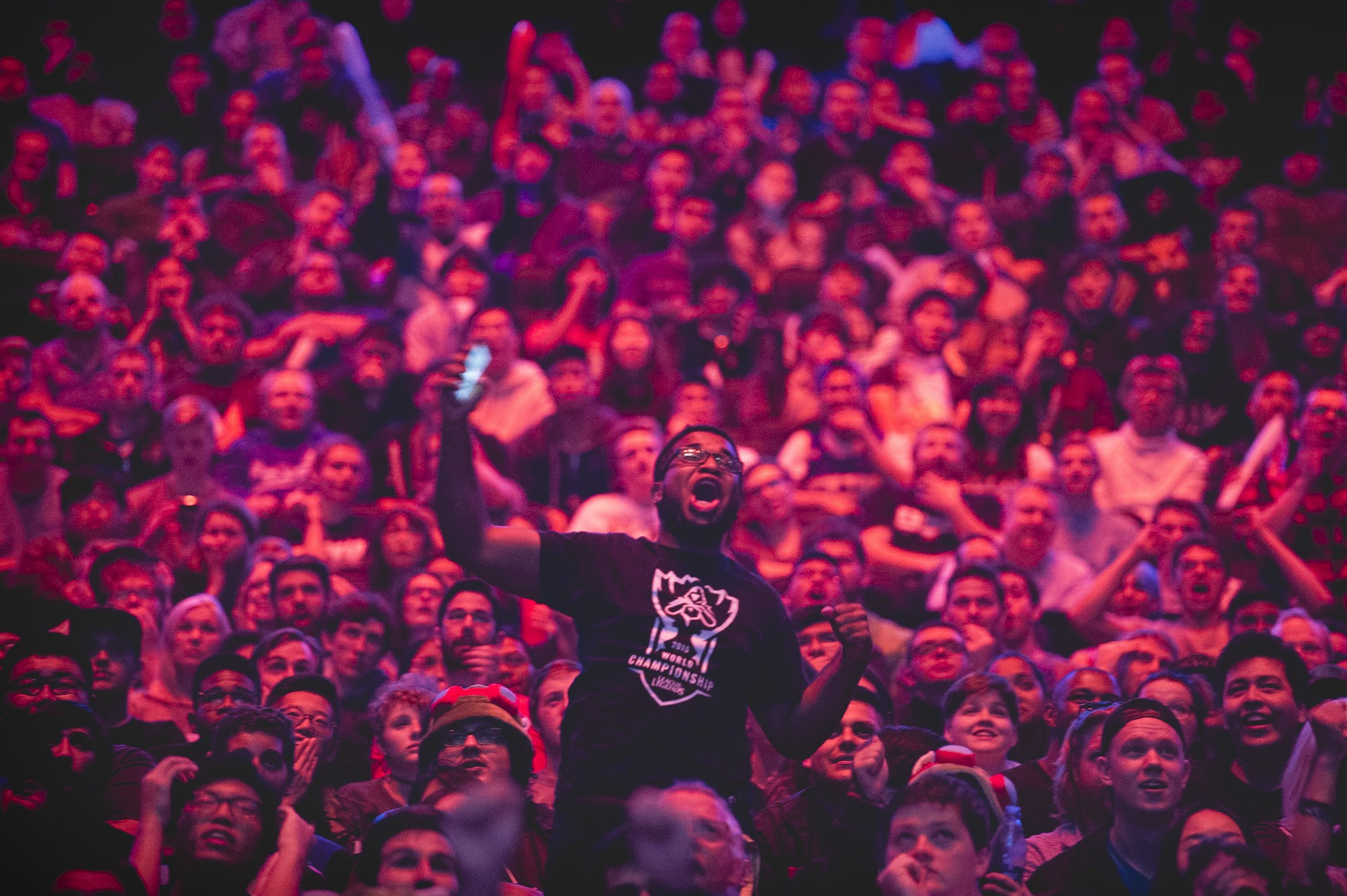
ABHISHEK ROY – APRIL 9TH, 2019
The cute little food delivery robots called Kiwibots have always been an attraction among us freshmen. We’d always smile and point at the four-wheeled robots scurrying around campus. Last semester, I was coming back from class when I saw a few people gathered around what seemed like a shrine in the middle of Sather Lane, opposite MLK. It was a shrine dedicated to a Kiwibot that had spontaneously burst into flames and burnt down. This made me think about the entire enterprise and the industry as a whole. Is the market for automated delivery growing? What does the future of Kiwi Campus look like?
Kiwi Campus is the startup that operates the fleet of KiwiBots that move through the UC Berkeley campus. It is a Colombian company that originated in Bogota, and later moved to California to expand its business. It is now funded by one of Berkeley’s indigenous incubators, Skydeck. Felipe Chávez, the CEO of the company, decided to substitute human couriers with robots to lower delivery costs and increase efficiency. KiwiBots were first launched in UC Berkeley in 2017. By 2018, they started operations in Stanford as well, but operations there soon ceased. They continued operating in Berkeley. Recently, they have started deliveries in the Westwood area in Los Angeles, near UCLA, but can not directly deliver within the college campus, as they are still applying for permits. Kiwi Campus has plans to expand into other colleges in the San Francisco Bay Area and other parts of California. To understand the company and their sustainability as a start up, let us first look at the autonomous delivery industry.
The Autonomous Delivery Market
The autonomous delivery market is growing at an accelerated pace. Many companies, like Amazon, Airbus, Google, and Uber, have started spending a significant amount on Research and Development for automated vehicles, drones, and unmanned vehicles to conduct last-mile deliveries (delivery of goods from the transportation facility to the final destination which is generally a personal residence). Although many have incorporated semi-automated systems, the move towards full automation is in full swing. McKinsey predicts that autonomous vehicles will make up 85% of last-mile deliveries by 2025. For delivery companies, last-mile delivery is a part of their operations that has immense scope of reducing labor costs. One of the primary reasons behind this is that in traditional delivery companies, the agents who deliver the goods are paid according to the number of deliveries they make. Fully automated delivery systems promise to lower labor costs in last-mile deliveries drastically, as seen in the McKinsey graphic. This is one of the main ways robotic delivery promises to disrupt the delivery industry.

Autonomous delivery vehicles (ADVs) would decrease per-parcel delivery costs by over 40%. The graphic shows that ADVs can reduce labor costs (in blue) to around a quarter of what they are now with combustion engine vehicles and human agents. Automatically operated vehicles such as drones can be much faster than human terrestrial agents. Fully automated electric vehicles can also be engineered to be environmentally sustainable with lower emissions and lower fuel and energy cost. Additionally, they do not have human errors of communication, because everything is carried out through computerized and transmitted data. Although initial costs may be high, operating costs for companies could be much lower in the longer run. Amazon has been testing its drone delivery system, Amazon Prime Air, for years now and has carried out public demonstrations.
Problems of Autonomous Delivery
Jeff Bezos predicted that by 2018 drone deliveries would be commonplace. This has not happened yet because of several regulatory complications: drones cannot fly above 400 feet or over 100 miles per hour; they must yield right of way to manned aircrafts and, in several places, are not allowed to fly at night, over federal property, or over heavily crowded regions. Imperfect navigation systems of the drones and safety issues with night vision and flying over people have prompted many agencies like the Federal Aviation Administration to focus on the risks posed by drones and toughen regulations.
Kiwibots also face these problems, being part of the automated delivery industry. Their navigation system, line of sight, and ability to learn methods of navigation in traffic for instance, need a lot of improvement. I’ve often seen KiwiBots gently collide with pedestrians. Over the years, Kiwi Campus has found it tough to acquire permits to operate their robots on university campuses like UCLA. Moreover, while states like Virginia and Wisconsin have approved laws permitting robotic deliveries, cities like San Francisco have tightened regulations.
The Food Delivery Industry
Looking at the larger food delivery industry in general, there are systemic problems that make competition in the industry very stiff. The food delivery industry has grown tremendously in the last few years, but has matured now. Its growth rate for the next five years is projected to be just 3.5% and its revenue growth rate is estimated to decrease. Although not a truly disruptive idea, the industry looked lucrative and venture capitalists and other investors have supplied billions of dollars to food delivery startups, hoping to create giants like UberEats, Grubhub, and DoorDash. However, the industry is now quite saturated. As seen in the graph below, 85–90% of the market is dominated by UberEats, Grubhub and DoorDash. These companies are backed by massive venture capital funds, wealth management companies, and investment firms like Softbank. Barriers to entry in this industry are very high: obtaining funding is very difficult unless the said start-up has an extremely disruptive and innovative idea.

The Future
However, these technical imperfections should not be a deterrent to the industry. Although Kiwi Campus is still very small, the company is very new. Its robots are not perfect, and to an extent, there are still reservations against using robots for delivering one’s food. People are still somewhat comfortable dealing with other people rather than a robot. Kiwi campus may be ahead of its time, but with all these hurdles in front of it, Kiwi Campus may not be lucrative or sustainable as a business.
Automated delivery agents could, in fact, be detrimental to certain economies. In India, food delivery startups, like Swiggy, and e-commerce delivery companies, such as Amazon and Flipkart, have generated a lot of employment by recruiting people who can deliver packages in vans or motorbikes. Zomato, a food delivery startup, has a fleet of 50,000 delivery agents. Swiggy’s fleet consists of 55,000 bike-riding agents, and the company plans to nearly double their workforce to 100,000 in the coming months. In countries like India, where labour is cheap, companies like Kiwi Campus would find it difficult to enter. With labor costs already low, Kiwibots would find it tough to compete in the market. Kiwibots would also be perceived as extraneous objects, taking away jobs from hundreds of thousands of human delivery agents. Branching out from food delivery, any large scale implementation of robotic automation in countries like India and China automation that can potentially replace the jobs of millions of blue-collar laborers will not be seen favorably by the general public. Unemployment might drastically rise, public discontent may increase, and the economy may slow down.
Economically, Kiwi Campus is a service provider connecting the producer (the restaurant) and the consumer (college students). Currently, Kiwi Campus caters largely to college consumers. Although recent reports say that the average spending of college students has increased lately due to an increase in the amount of disposable income, most students still have a relatively high price elasticity (a certain increment in price will have a larger than proportional decrement in demand). This is because college students still have relatively low disposable income compared to other consumers. Therefore, college students may not be the best consumers for a business such as Kiwi Campus; Kiwi Campus may be better off providing services to those with lower price elasticities, or higher income. The Colombia-based company is doing just that. It is trying to pivot to working with other businesses, such as DoorDash and Uber Eats. This way, the company could not only leverage larger revenue, but also collaborate to improve the technology it uses. Even if Kiwi Campus fails, there will be other businesses that rush to take its place. Starship Technologies in London, TeleRetail in Switzerland, and Marble in San Francisco are just some of the robotic food delivery startups beginning operations in cities across the world. After all, just as apples don’t fall far from the tree, neither do the Kiwis.
Featured Image Source: Twitter #Kiwibot
Disclaimer: The views published in this journal are those of the individual authors or speakers and do not necessarily reflect the position or policy of Berkeley Economic Review staff, the Undergraduate Economics Association, the UC Berkeley Economics Department and faculty, or the University of California, Berkeley in general.



